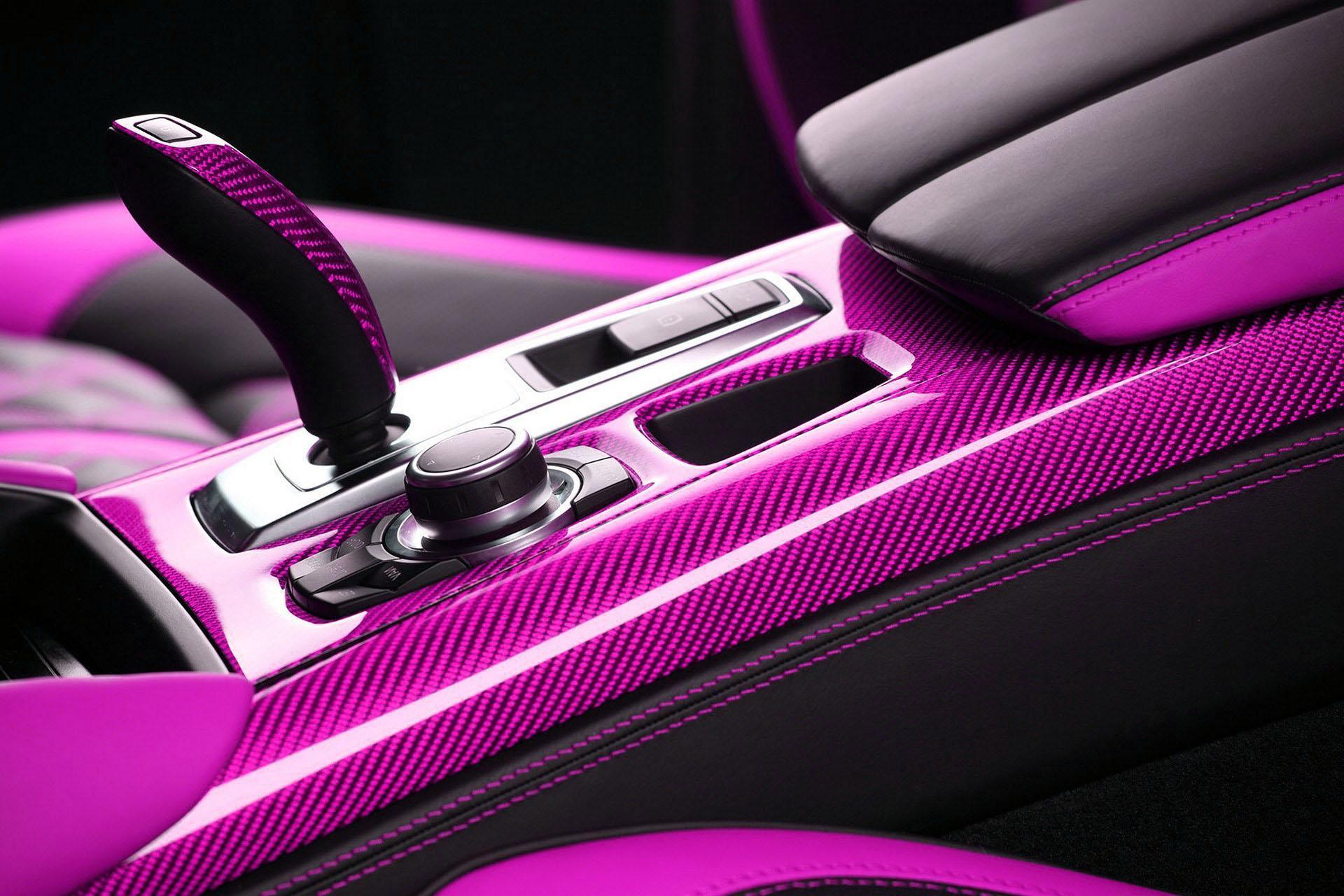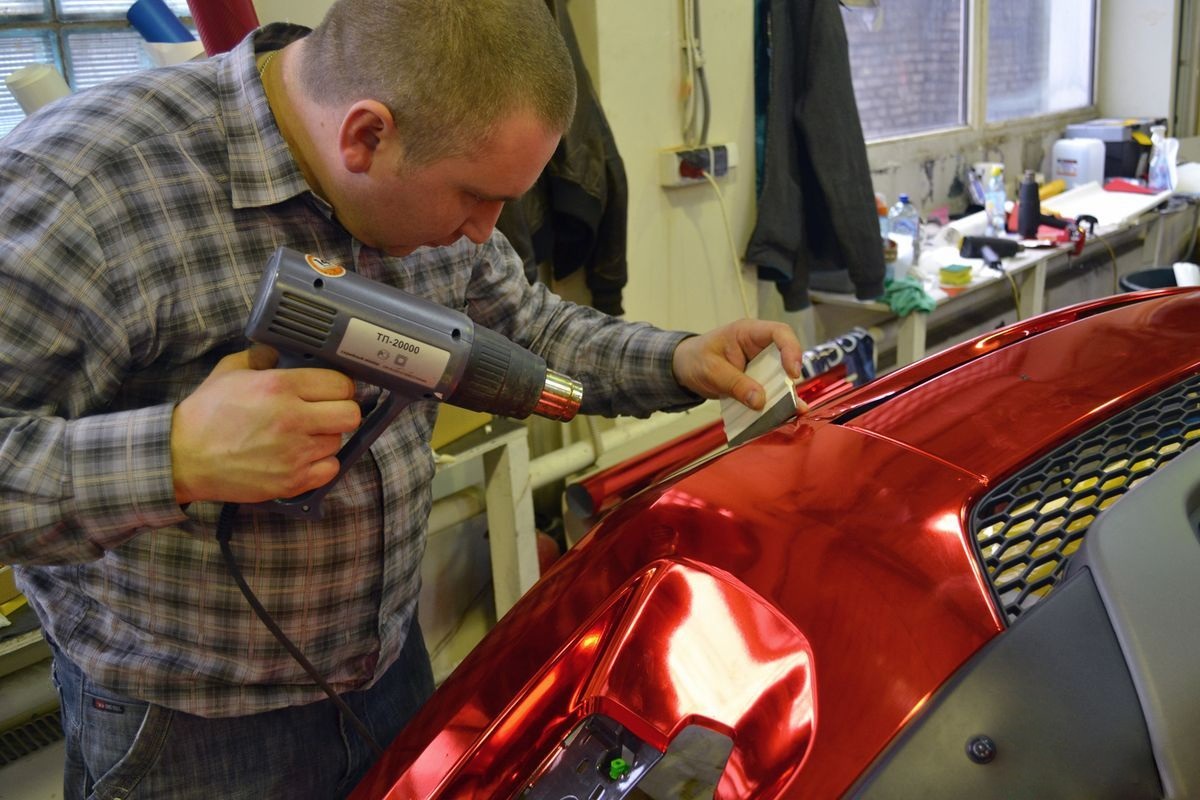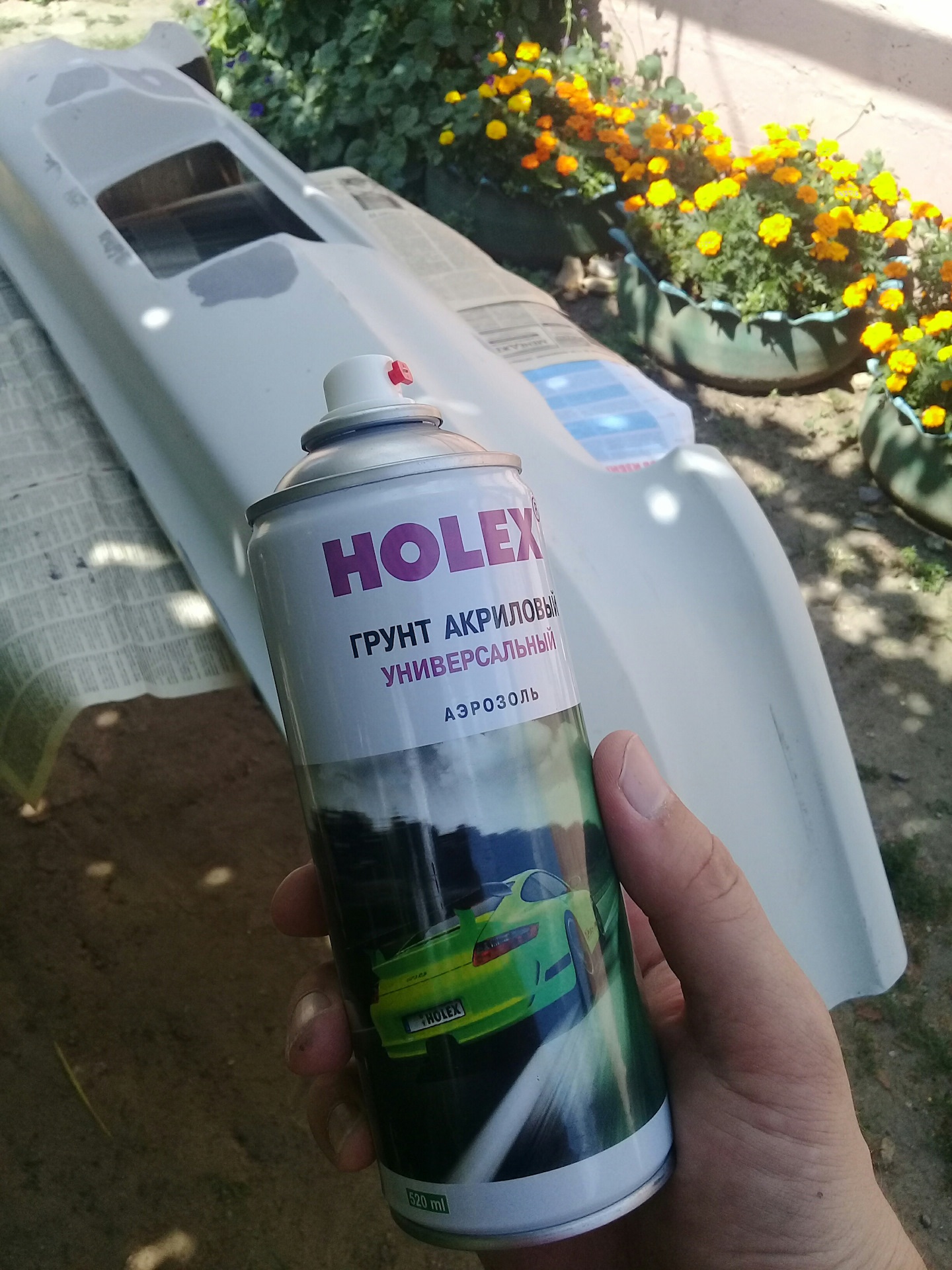
How to stick a film in a car interior on your own: the nuances of work
Content
Pasting the interior of the car with a film is chosen when you want to add a touch of unusualness. The variety of shades and textures allows you to create an interesting effect.
The advantages of pasting the car interior with a film in reliable protection of interior elements from negative influences and damage. The beauty of an expensive car will remain for a long time, and if necessary, there will be no problems with the sale.
Benefits of car wrap film
Covering the car interior with a film is used both to protect the newly acquired model, and to restore the appearance of worn and scratched parts. Benefits of wrapping vinyl:
- complex textures and shades - wood, carbon, leather, chrome or three-dimensional pattern;
- ease of removal of the applied layer;
- no toxic fumes;
- masking damage, even small through holes;
- service life up to 7 years.
When painting from a spray can, an exhaust hood or a ventilated room is required, it is difficult to do the job accurately. The paint does not give complex effects and is only suitable for removable parts.
If the car is used, auto vinyl allows you to return the interior to its former chic. An additional plus of a car covered with a film is ease of maintenance. And if there is a scratch, you can stick the film in the car interior again.

Color film for cars
Car film is a flexible material, each of its types has certain features:
- matte hides damage and defects;
- carbon fiber creates a visual effect of metal;
- glossy has a pleasant sheen, suitable for small items, such as handles or gearshift lever.
Refreshing the interior is a good solution for both the Chevrolet Lacetti and the VAZ. In addition to auto vinyl, soft plastic cords on an adhesive basis are used.
Material selection and tool preparation
Interior tuning with vinyl can be done independently. The process is painstaking and requires care, but not too complicated.
Pasting the interior of the car with a film is chosen when you want to add a touch of unusualness. The variety of shades and textures allows you to create an interesting effect. Black color will add severity, chrome-plated car films or metallic vinyl will make the decor ultra-modern.
Dealership vinyl is softer than bodywork vinyl and is therefore easier to work with. In addition to the material, you will need tools:
- technical hair dryer;
- scissors or utility knife;
- plastic spatula;
- a set of tools for working with plastic parts and trim;
- adhesive compound.

The use of a building hair dryer for pasting a car
Sticking vinyl on uneven surfaces is necessary by heating with a building hair dryer. If the material is textured, strong stretching cannot be allowed. Fingers touch only the tips of the adhesive layer.
Car interior decor with a film: do-it-yourself step by step
It is not difficult to glue the car interior with a film with your own hands, but it is advisable to first view examples of working on the network.
To be successful, certain conditions must be met:
- The room for pasting the car interior with a film must be dry and clean.
- The presence of debris and dust is not allowed.
- Bright lighting is provided, and the temperature should be at least 20 degrees.
Properly prepared space allows you to glue the film without defects.
Dismantling parts
Having chosen the elements for pasting the car interior with a film, they are dismantled using tools designed to work with plastic. Remove carefully, leaving no chips or scratches where the finish will not be carried out. Screwdrivers or metal objects should be left aside.
Having laid out the details on paper or an old wallpaper roll at a distance of up to 3 cm from each other, determine the amount of film. Preliminary calculation is done slowly, so as not to be mistaken in the amount of material.

Preparation of interior parts
Not all parts and panels can be removed; in such a situation, they can be processed and installed in their usual place.
Degreasing
After cutting, accumulated dirt and dust are removed. Thorough cleaning ensures a secure fit of the film. To degrease the surface, non-aggressive solvents are used, compounds that do not damage plastic. The car film is also degreased - both from the outside and from the inside. Alcohol or gasoline is used.
Film sticker
Having prepared the material, cutting is carried out:
- On a clean, prepared area, the vinyl is laid face down.
- The dismantled parts are placed on top at a distance from each other to ensure tolerance.
- The marker determines the contours of the pattern.
- Parts are removed and the material is cut.
The primer allows you to increase adhesion, it is applied to the plastic beforehand. If there is no such composition, you can tighten it without it.

Priming the part
Pasting begins with small parts with simple contours and relief. The protective coating is removed from the film. The element to be processed is superimposed on top and turned over. When applying the component, make sure that there is no excessive tension, and that the vinyl adheres to the surface as close as possible and without heating.
Excess areas are removed with a clerical knife; a small allowance is enough for turning.
Bubble removal
To securely glue the film, it is heated with a building hair dryer and smoothed with a spatula, achieving uniform adhesion.
If there is no special spatula, a bank card will do.
Curling the edges and drying
The protruding parts of the material are cut and carefully folded, after which they are fixed on the reverse side with glue. The adhesive layer is applied in a dotted manner, paying attention to difficult places - corners, relief areas. Glue carefully so as not to damage the film.
If wrapping the edges fails, the rest is cut off strictly along the contour. And to prevent possible peeling, the edge is additionally glued.
Assembly of interior parts
After completing the work, the elements are installed back. It is allowed to apply a transparent varnish to them to add shine and enhance the relief.
It will turn out to finish the interior with vinyl film at home, because this tuning method is attractive and simple. Covering speed is faster than partial painting. Styling material is available and helps protect elements and panels from damage or exposure to sunlight. When touched with fingers, no traces remain on the surface.

